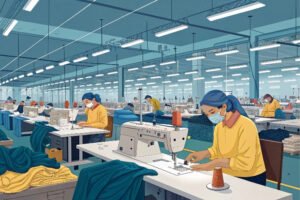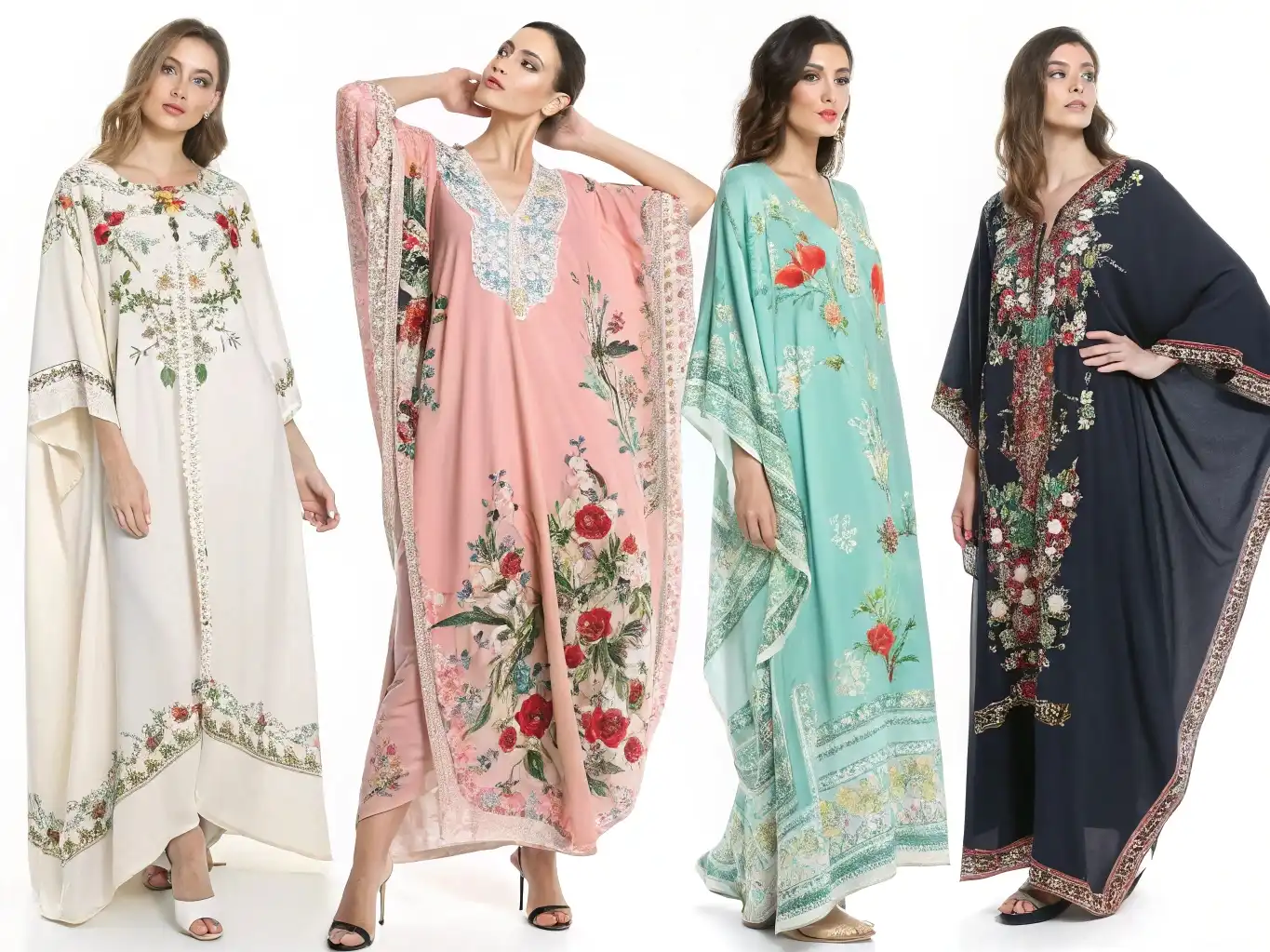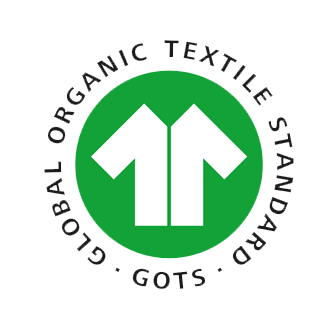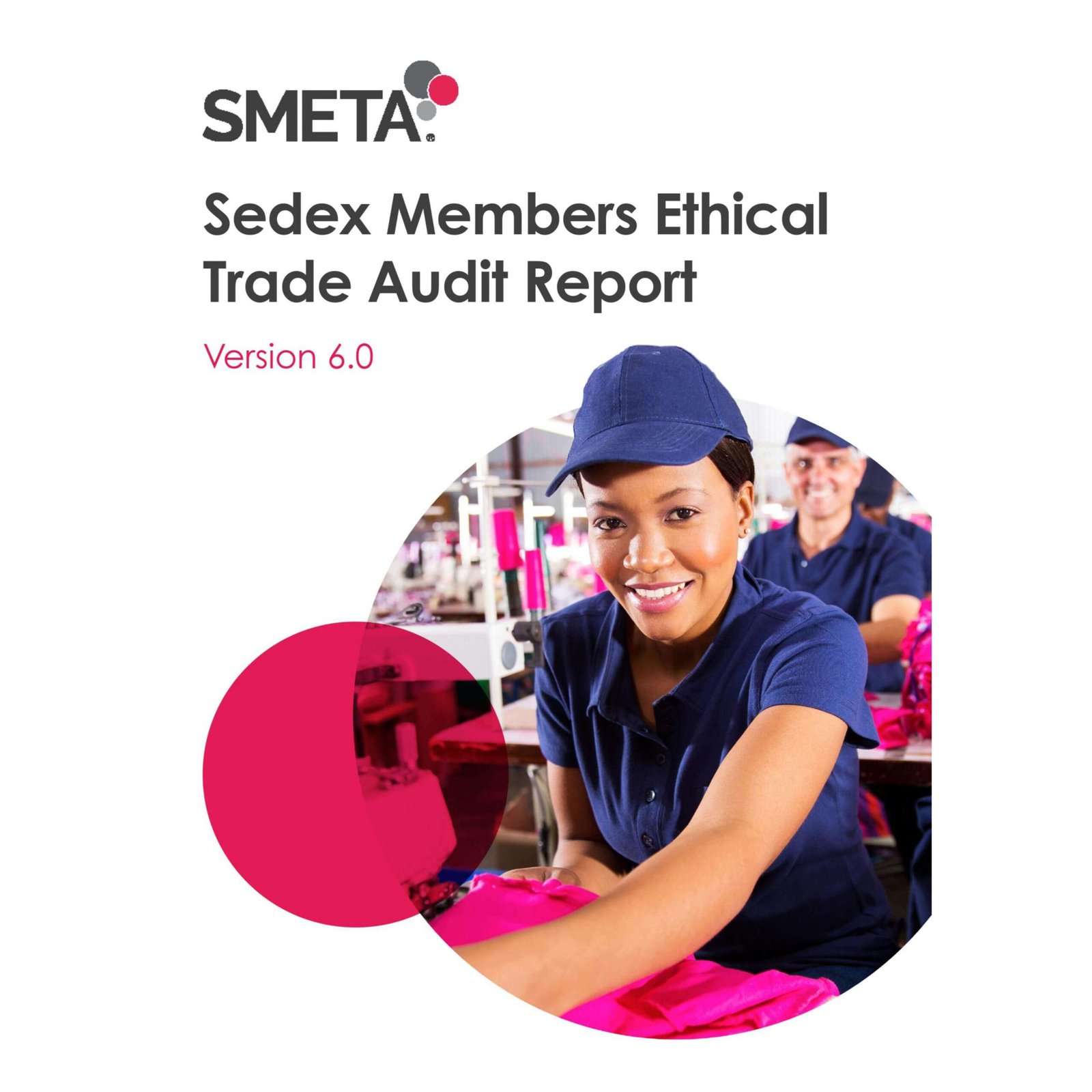As clothing brands look for efficient and cost-effective production options, Vietnam has emerged as a key player in the manufacturing industry. But with all the options available, is it really a good place to manufacture clothing? Let’s break down the key reasons why many brands are choosing Vietnam and what you should consider before making a decision.
Vietnam has become a top destination for clothing manufacturing due to its combination of low production costs, skilled labor, and strong trade agreements1, making it a competitive choice for global brands.
There’s a reason why Vietnam is quickly becoming one of the go-to countries for clothing manufacturing. With an excellent workforce and favorable conditions, many brands are moving their production there. But is it truly the best choice for your brand? Let’s dive into the factors that make Vietnam stand out and the potential challenges to consider.
Why Is Vietnam Becoming a Popular Destination for Clothing Manufacturing?
Vietnam’s rise in clothing manufacturing is not accidental. Various factors contribute to this surge in popularity. Let’s explore why so many brands are turning to Vietnam for their production needs.
Vietnam is becoming popular for its competitive labor costs, skilled workforce, and strategic trade benefits that make it an attractive manufacturing hub for international apparel brands.
 Sewing Factory Illustration
Sewing Factory Illustration
How Does Vietnam’s Competitive Labor Market Benefit Clothing Manufacturers?
Vietnam’s labor market is a significant factor in its success as a manufacturing hub. With a large, youthful, and highly skilled workforce, the country offers manufacturers the chance to produce clothing at lower costs without compromising on quality.
Vietnam’s labor costs are among the lowest in Asia, which significantly reduces production costs for manufacturers while still maintaining high standards of quality.
- Lower Costs: Compared to China and other Asian countries, labor costs in Vietnam are relatively low.
- Skilled Workforce: Vietnam’s workforce has a strong background in garment production, making it an ideal location for high-quality apparel manufacturing.
What Role Do Trade Agreements Play in Making Vietnam an Attractive Manufacturing Hub?
Vietnam has entered into several trade agreements1 with key international markets, providing manufacturers with better access and fewer trade restrictions. This is a major reason for its rise as a clothing manufacturing powerhouse.
Trade agreements like the CPTPP and EVFTA make Vietnam an attractive destination by reducing tariffs and giving manufacturers easier access to global markets.
- CPTPP: Comprehensive and Progressive Agreement for Trans-Pacific Partnership offers reduced tariffs for countries in the pact, which benefits Vietnam-based manufacturers.
- EVFTA: The European Union-Vietnam Free Trade Agreement provides Vietnamese manufacturers preferential access to European markets.
What Are the Advantages of Manufacturing Clothing in Vietnam?
Now that we’ve seen why Vietnam is growing in popularity, let’s focus on the specific advantages it offers when it comes to clothing manufacturing.
Vietnam’s advantages in clothing manufacturing range from cost savings to its skilled workforce and high-quality production capabilities. These benefits make it a preferred destination for global brands.
How Do Vietnam Clothing Manufacturers Offer High-Quality Production at Lower Costs?
Vietnam has a reputation for producing high-quality garments at competitive prices. This is due to a combination of a skilled labor force and advanced manufacturing techniques.
Manufacturers in Vietnam use a mix of skilled labor and modern technology to produce garments efficiently while maintaining high production standards, resulting in cost-effective yet high-quality products.
Advantages of Manufacturing in Vietnam:
- Lower Labor Costs: Vietnam offers one of the lowest labor costs in the region, reducing the overall cost of production.
- Skilled Workforce: Workers are trained in various garment production techniques2, ensuring consistent quality.
- Technology Integration: Many factories use modern manufacturing technologies to improve efficiency and reduce production errors.
What Are the Benefits of Vietnam’s Skilled Workforce and Expertise in Apparel Manufacturing?
The skilled labor3 force in Vietnam is one of its strongest advantages. The country has built a reputation for producing garments that meet international standards and fashion trends.
Vietnamese workers are highly skilled, particularly in garment construction, fabric selection, and pattern making, making the country a strong contender for apparel manufacturing.
- Garment Construction Expertise: Vietnam’s workforce has extensive experience in garment design and construction, ensuring high-quality products.
- Advanced Production Techniques: Many manufacturers are upgrading their facilities with modern machinery to improve production speed and quality.
How Does Vietnam Compare to Other Major Clothing Manufacturing Countries?
Vietnam isn’t the only country in the game. How does it stack up against major manufacturing nations like China and Bangladesh? Let’s take a look at how it compares in terms of cost, infrastructure, and production speed.
Vietnam competes closely with China and Bangladesh, offering lower labor costs than China while maintaining high-quality production standards. Its infrastructure and trade agreements make it an increasingly attractive option for global brands.
How Does Vietnam’s Cost of Production Compare to China and Bangladesh?
When comparing Vietnam’s production costs to China and Bangladesh, it stands out for its competitive pricing and relatively lower labor costs compared to China.
Labor costs in Vietnam are lower than in China but slightly higher than in Bangladesh. However, Vietnam’s growing infrastructure and trade agreements make it a viable alternative to these countries.
Cost of Production Comparison
| Country | Labor Cost per Hour (USD) | Shipping Costs | Production Speed |
|---|---|---|---|
| Vietnam | $2.50 | Moderate | Moderate |
| China | $3.00 | Low | Fast |
| Bangladesh | $1.50 | Low | Slow |
How Does Vietnam’s Infrastructure Support Efficient Clothing Manufacturing?
Vietnam has made significant investments in its infrastructure, which plays a major role in its success as a manufacturing hub. This includes modern ports, highways, and transport systems that help manufacturers meet tight deadlines.
Vietnam’s infrastructure, such as well-developed ports and transportation systems, facilitates the smooth movement of goods, reducing delays and increasing production efficiency.
- Transportation Networks: Vietnam’s road and rail systems ensure efficient distribution of raw materials and finished goods.
- Port Facilities: Major ports like Ho Chi Minh City and Hai Phong help manufacturers ship goods quickly, reducing shipping times.
What Are the Challenges of Manufacturing Clothing in Vietnam?
Despite the many advantages, there are some challenges associated with manufacturing clothing in Vietnam. Let’s dive into some of the main obstacles businesses may face.
Like any other manufacturing hub, Vietnam also presents challenges related to logistics, labor regulations, and supply chain issues. Addressing these challenges is key to smooth operations.
What Are the Supply Chain and Logistical Challenges When Working with Vietnam Clothing Manufacturers?
Vietnam’s logistics network is growing, but challenges like port congestion and transportation bottlenecks can delay shipments and affect production schedules.
While Vietnam’s infrastructure has improved, issues such as port congestion, limited local suppliers, and delays in raw material imports can affect production timelines.
- Port Congestion: The country’s major ports occasionally experience congestion, which can delay shipments.
- Raw Material Shortages: Some raw materials are imported, and any disruptions in global supply chains can lead to delays.
How Do Labor Conditions and Regulations Affect Clothing Production in Vietnam?
Vietnam has made great strides in improving labor conditions, but certain labor regulations can still pose challenges. Manufacturers must stay informed about local laws to ensure compliance.
Labor laws in Vietnam are evolving, and manufacturers must navigate these regulations to avoid legal issues. Worker conditions have improved, but it’s important to ensure that your manufacturer follows ethical labor practices4.
- Labor Laws: Compliance with local labor laws is essential to avoid fines or delays in production.
- Worker Conditions: Some factories still face challenges related to worker safety and conditions, though progress is being made.
How Can You Find Reliable Clothing Manufacturers in Vietnam?
Choosing the right manufacturer is critical for success. In Vietnam, this means looking for suppliers who are experienced, reliable, and able to meet your production standards.
Finding a reliable manufacturer requires careful research and evaluation of potential suppliers to ensure they meet your requirements in terms of quality, production capacity, and deadlines.
What Should You Look for When Choosing a Vietnam Clothing Manufacturer?
When selecting a manufacturer, there are several key factors to consider, such as their ability to handle your type of apparel, their production capabilities, and their reputation for quality control.
- Experience: Look for manufacturers with experience producing the type of clothing you need.
- Quality Control: Ensure they have strict quality control processes to avoid defects.
- Production Capacity: Check that they can handle the volume and deadlines you require.
How Do You Build Strong Relationships with Vietnam-Based Clothing Manufacturers?
Building a solid, long-term relationship with your Vietnamese clothing manufacturer is essential for successful collaboration. Transparency and effective communication are key.
Building strong relationships involves regular communication, visiting the factory in person, and ensuring that both parties understand each other’s expectations.
- Regular Communication: Maintain an open line of communication to avoid misunderstandings.
- Factory Visits: Take the time to visit the manufacturer’s facilities to assess their capabilities and quality standards.
Conclusion
Manufacturing in Vietnam offers numerous benefits, from cost savings and skilled labor to favorable trade agreements. However, challenges such as logistics and labor regulations must be carefully managed. With the right research and strategic planning, Vietnam can be a highly effective location for clothing manufacturing.
-
Learn about key trade agreements that enhance Vietnam’s appeal as a manufacturing hub. ↩ ↩
-
Learn about the advanced garment production techniques employed by Vietnamese manufacturers. ↩
-
Discover the strengths of Vietnam’s skilled labor force and its impact on garment quality. ↩
-
Explore the importance of ethical labor practices in Vietnam’s garment manufacturing sector. ↩









